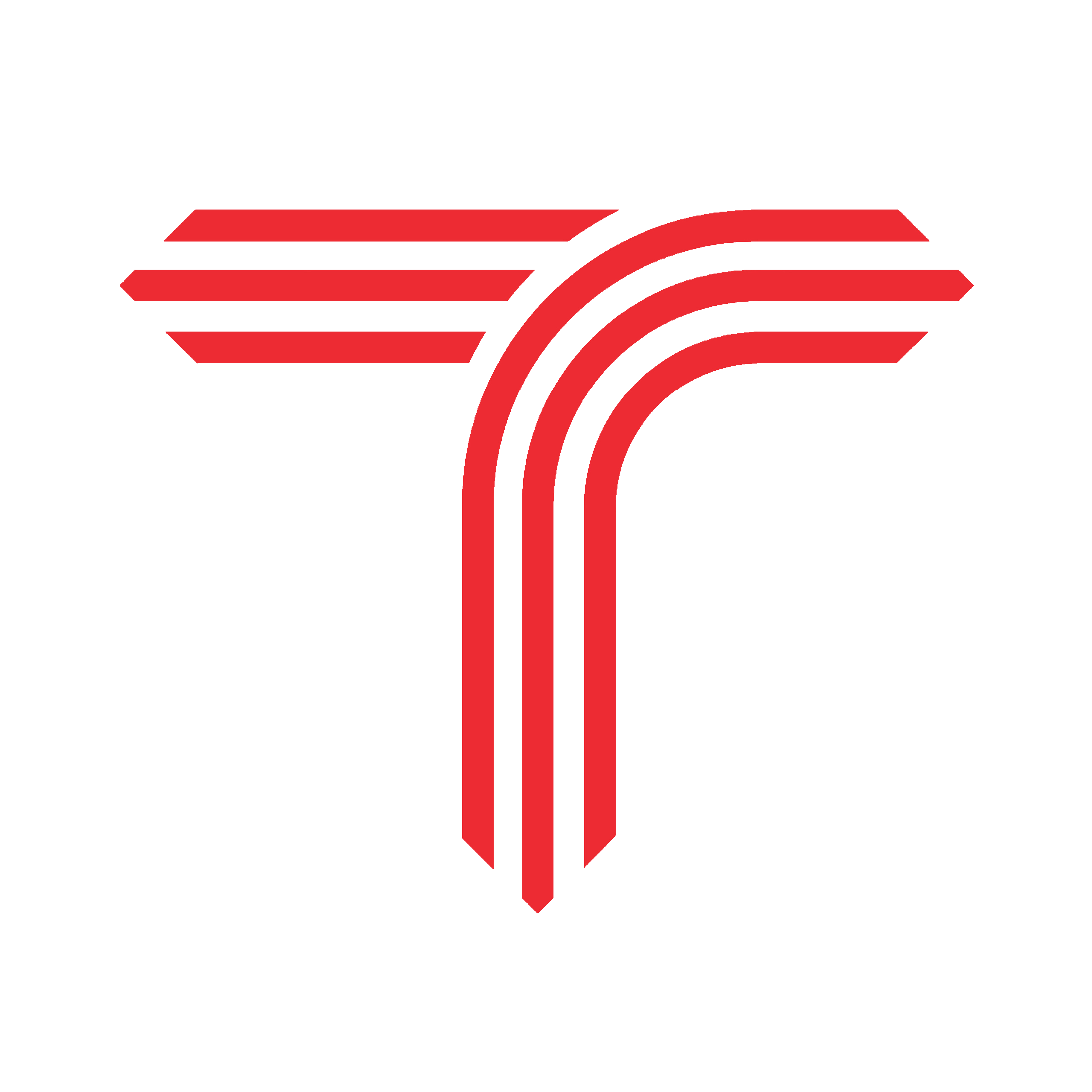After my 2019 outdoor track season, I was pretty disappointed in my overall results. I’d raced a 10k in the Nike Zoom Victory 3 and the cushioning was insufficient to keep the spike plate from digging into my feet. This was so severe that my spike plate cut off my circulation and caused my feet and calves to fall asleep with two-and-a-half miles to go. The result was agonizing. As a college 5k/10k runner, I hadn’t even considered the Nike Zoom Vaporfly 4% for my purposes yet. But after my 10k, two factors caused me to rethink that. First, an older teammate mentioned to me that he didn’t like using spikes in the 5k and 10k. Second, I watched Clayton Young easily win the NCAA D1 10k in the Vaporfly 4%. That piqued my interest.
My subsequent research included shoe reviews, studies, reporting, etc. I ultimately found a study showing that Vaporfly’s were more efficient than the Nike Zoom Matumbo 3 in distances 3000m and up. The Matumbo is widely considered to be the premier distance spike. Many even use it for Cross Country. But this study found the Vaporfly to improve efficiency and performance significantly on the track even compared to the Matumbo. Here is that study and an article on it.
https://www.ncbi.nlm.nih.gov/pubmed/30374945
https://www.outsideonline.com/2367961/how-do-nikes-vaporfly-4-shoes-actually-work
The next thing I kept seeing and wondering about, though, was the Vaporfly’s training benefits. I constantly saw pictures and videos of Eliud Kipchoge training, and he was always in either the Vaporfly Next% or the Alphafly Next%. The benefit to racing in the fastest shoe in the world is obvious. But the benefit to training in the fastest shoe in the world is much less intuitive. I figured, if you train in a heavier, less responsive shoe, you must get a greater benefit when you switch into the lighter, more efficient shoe. That seemed intuitive. It had to be true. And yet I kept seeing the opposite in pictures and videos of the pros. This was a much harder question to answer, as it seemed I was the only one asking. I couldn’t find any studies, LetsRun boards, or articles on the question I was trying to answer.
Nike spent years and millions of dollars on the Breaking2 project, and that was only phase one. So if Kipchoge is training in the fastest shoe in the world, Nike must know that there is a quantifiable benefit to it. After spending the entire summer of 2019 trying in vain to find an answer, I was ready to just say “Screw it. If it’s good enough for the goat Kiphchoge, it’s good enough for me.” Then, on August 5, Outside Online posted an article. Nike had just revealed some interesting new data on the Vaporfly. And it was the exact data I’d been seeking.
https://www.outsideonline.com/2400514/nike-vaporfly-carbon-plate-presentation
The answer I concluded from all the data presently available is simpler than I expected. Essentially, your legs can get a greater training benefit from a shoe that doesn’t assist them, but that’s only applicable to the short term. The efficiency bonus in shoes like the Vaporfly, Zoom Fly, HOKA’s Carbon X, and others allows for faster recovery at a huge level. This means that they allow for a higher quantity of training at a higher quality in a shorter window of time.
The study mentioned in the Outside Online article from 2019 has some problems. Mainly, the sample size is not nearly big enough to draw statistical significance. Not even close. I’m not sure it even qualifies as a study, officially. But the data is still worth paying attention to. There were two training groups in the study, one training in the Air Zoom Pegasus 34 and one training in the Vaporfly 4%. Compared to the Pegasus 34 group, the group in the Vaporfly had reduced levels of muscle damage and inflammation in three categories by as much 43% and as little as 15%. This allowed them to train harder for a much longer period of time. If some of my statements here are a little redundant, it’s only because I’m trying to flesh out the information as much as possible and leave minimal room for misunderstanding.
Long story short: the long-term efficiency boost of shoes like the Vaporfly will allow you to take your running to new levels.
Also, it’s important to note that not everyone is a responder to the Vaporfly technology. Just as some people respond more to one type of exercise than others do, and as some people get no benefit from altitude training, some people will get a reduced benefit or no benefit at all from the Vaporfly. Some people will even find the Vaporfly to damage their feet and prompt injury. It’s just about finding what works for you specifically. If you do not respond well to the Vaporfly, consider the Skechers GoRun Razor 3. It’s fast, lightweight, and efficient, but it doesn’t have the extreme rigidity of the carbon fiber plate.
